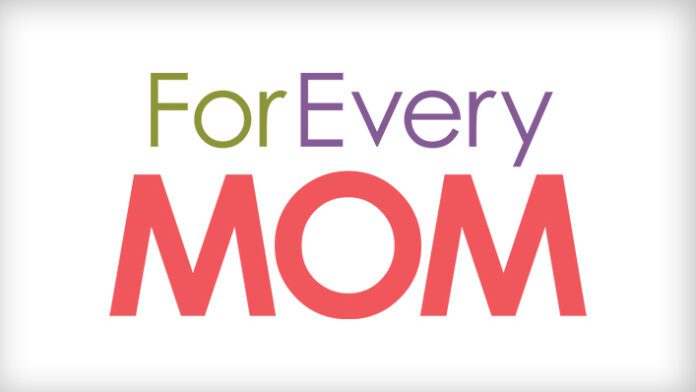According to the American College of Obstetricians and Gynecologists (ACOG), it’s not uncommon for women to get the “baby blues” in the first eight to ten weeks after delivering. Mothers with the baby blues will often contact their care providers one or two weeks after giving birth complaining of sadness and difficulty taking care of their newborn. Some express guilt over feeling they’re not being a good parent. Some may be having trouble breastfeeding their babies.
Baby blues, ACOG claims, resolve on their own. If depression continues after eight to ten weeks, it is called postpartum depression. When postpartum depression is not addressed, the new mom becomes a suicide risk. When the depression continues to deepen from lack of treatment, the mother can enter the stage of postpartum psychosis. With psychosis, the lives of her children are at risk.
In the United States, between 70-80 percent of women experience the “baby blues,” and an estimated one in seven women experience postpartum depression in the first year after birth.
Here are 3 Tips for Beating Postpartum Depression
1. Secure a diagnosis
The first step in treatment is diagnosis. In the more than 6,000 births I’ve facilitated, none of my patients came to bodily harm due to postpartum depression or psychosis because I implemented checkups within the first two weeks — not six, as insurance companies deem necessary. In the absence of a proactive postpartum checkup plan from your doctor, however, it is crucial that you set up a plan yourself. Talk to your care providers, your partner, and trusted loved ones and create a checkup system for your first six weeks after birth, and throughout the first year.


